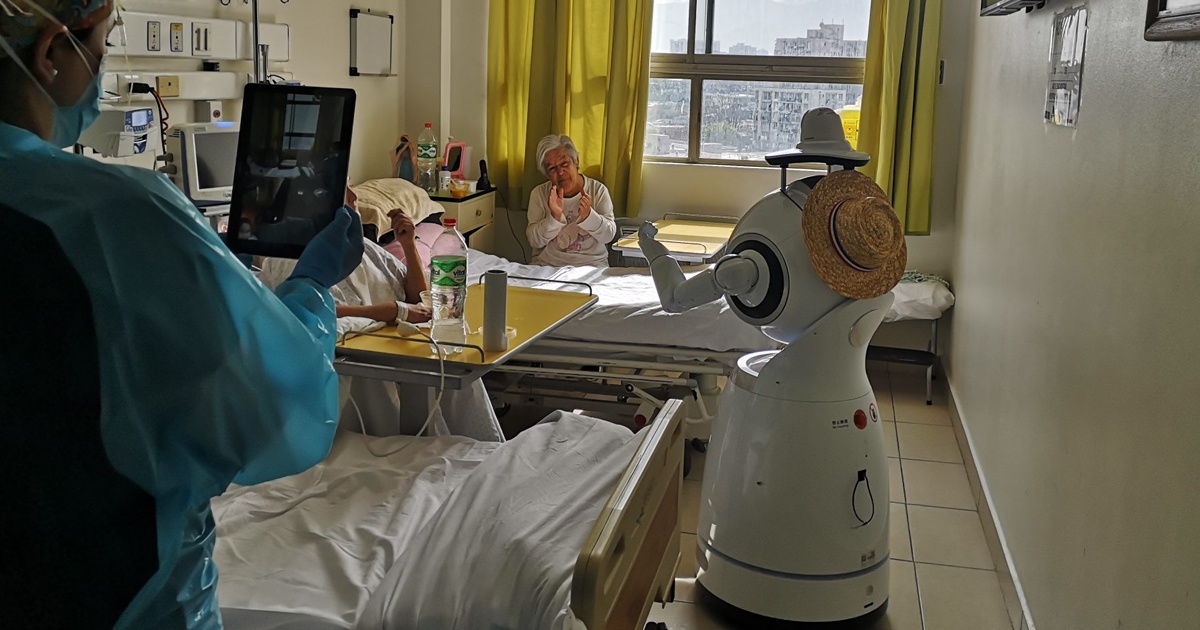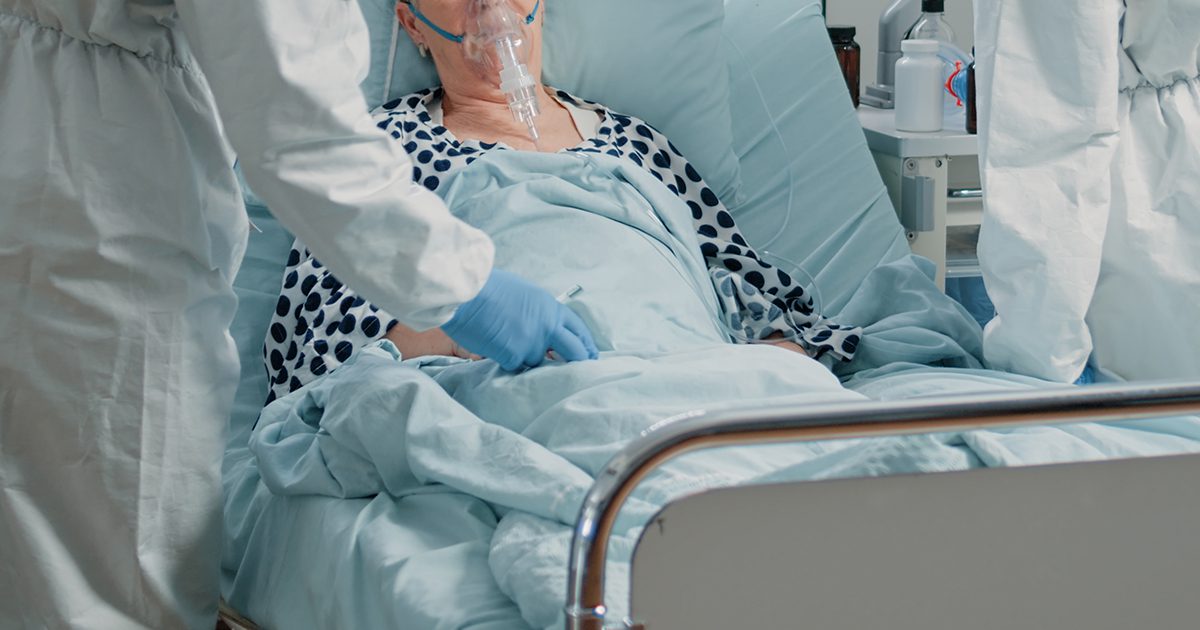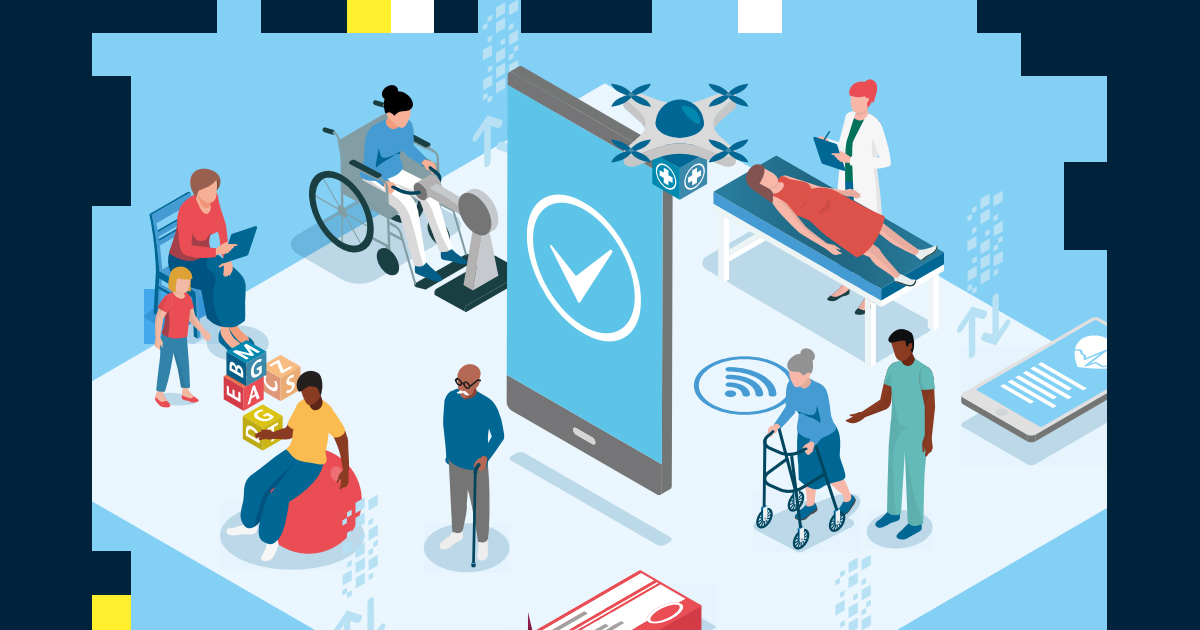The Robot measures the body temperature of patients who come to the hospital, has the ability to measure the temperature of up to 150 people per minute, in addition, verifies the correct use of mask through facial recognition technology.
Cruzr, as it was named, has the ability to recognize human faces in a matter of milliseconds. In addition, it detects sex, age and measures temperature at a distance of up to one and a half meters. Cruzr, arrived at the facilities of the San Juan de Dios Hospital in the Metropolitan Region of Santiago in Chile.

Among its features, it has a thermographic camera that is capable of measuring the body temperature of patients without any kind of contact and in a precise way. In addition, the robot can move around the hospital autonomously, since it has sensors that allow it to know its exact location to avoid collisions with walls, objects or people. Another of its functions is the detection and reading of voice and text, as well as the expressions of the people with whom it interacts.
Dr. Midori Sawada, director of the hospital, expressed the importance of Cruzr during the health emergency: “Within the framework of this health emergency by COVID-19, the robot has played a very important role in detecting symptoms to reduce the risk of contagion in the waiting rooms. We hope to be able to extend its use to other spaces within the hospital, as well as in the functions it performs”.
In addition, she points out that among the main benefits brought about by the implementation of this robot is the ease of temperature control among the people who attend the hospital's consultations, as well as the care of preventive measures such as the use of the mask, which the robot can identify without any problem, since it has 97% accuracy in facial recognition. The director also recognized the importance of the robot in telemedicine tasks, since it is capable of making video calls with patients who are hospitalized and their families or friends.
After more than ten months of the beginning of the first health measures against COVID-19, the application of new technologies is essential to lighten the workload of health personnel.





